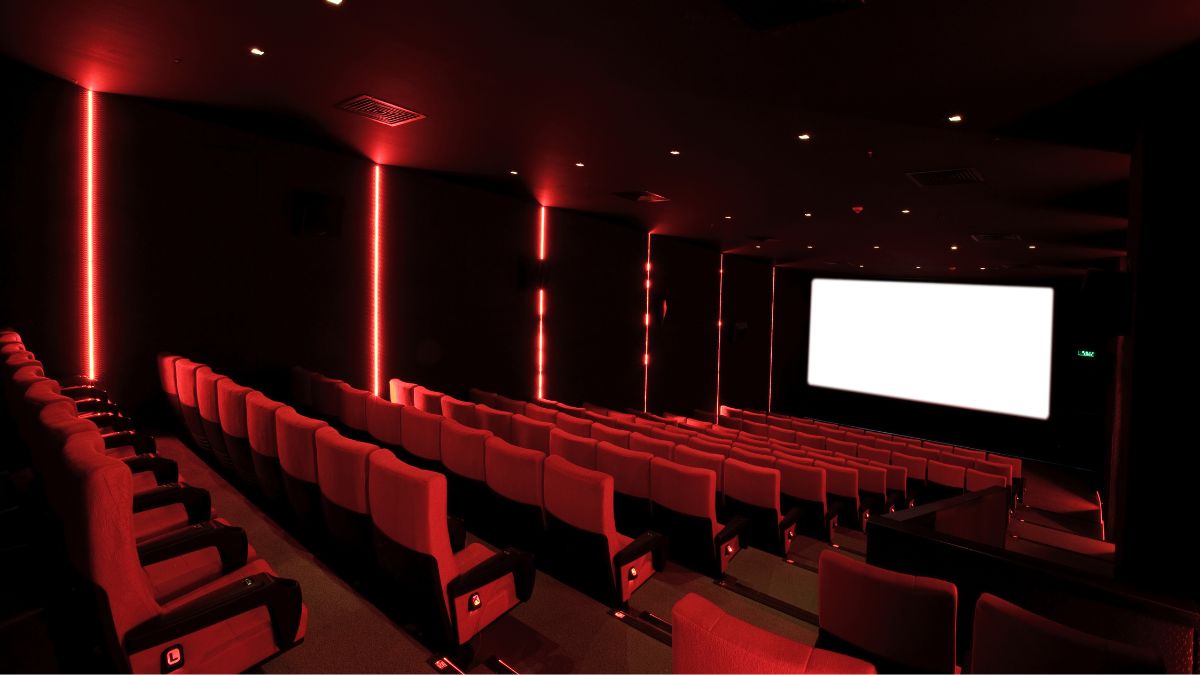The Impact of the Great Depression on Hollywood
The Impact of the Great Depression on Hollywood
Gone with the Wind: An Epic of the 1930s

Gone with the Wind: An Epic of the 1930s
In the annals of cinematic history, few films have ever captured the imagination, evoked the deepest of emotions, and etched such an indelible mark upon the heart and soul of its audience as “Gone with the Wind.” This 1939 masterpiece, adapted from Margaret Mitchell’s novel, is not just a film; it is an epic saga that sweeps across the canvas of the American South during the tumultuous times of the Civil War and Reconstruction era. It is a vivid portrayal of love, loss, resilience, and the indomitable human spirit, wrapped in the grandeur of cinematic excellence.
As the curtains rise, the audience is transported to the opulent, sun-drenched Tara, a plantation in Georgia, where Scarlett O’Hara, the film’s fiery and capricious protagonist, first dazzles viewers with her beauty and willfulness. Vivien Leigh’s portrayal of Scarlett is nothing short of mesmerizing, capturing the complexity of a woman torn between her desires and the harsh realities of her world. Opposite her, Clark Gable’s Rhett Butler emerges as the charming yet cynical suitor, whose love for Scarlett unfolds with a passion that is both compelling and tragic.
The film’s narrative is a whirlwind of emotion, set against the backdrop of the Civil War’s devastation and the South’s painful rebirth from the ashes. Through Scarlett’s eyes, we witness the fall of the genteel Southern society, the horrors of war, and the struggle to reclaim life in the war’s aftermath. The film’s depiction of this era is both grandiose and intimate, offering a panoramic view of historical events while delving deeply into the personal trials and triumphs of its characters.
“Gone with the Wind” is also a technical marvel for its time. The film’s use of Technicolor was revolutionary, bringing to life the lush landscapes of the South and the fiery sunsets that frame many of its most poignant scenes. The burning of Atlanta, a spectacle of visual effects, remains one of the most iconic moments in film history, a testament to the filmmakers’ ambition and ingenuity.
Beyond its artistic and technical achievements, the film is a cultural phenomenon. It has endured as a beloved classic, captivating new generations of viewers with its timeless themes and unforgettable characters. Its lines have become part of the lexicon, with Rhett Butler’s parting words to Scarlett, “Frankly, my dear, I don’t give a damn,” echoing as one of the most famous farewells in cinematic history.
Yet, “Gone with the Wind” is not without its controversies, reflecting the racial attitudes of both the era it portrays and the time of its production. Its romanticized view of the antebellum South and depiction of slavery have sparked critical discussions, inviting viewers to reflect on the complexities of history and representation.
In the final analysis, “Gone with the Wind” stands as a monumental achievement in filmmaking, a sweeping epic that transcends its era to speak to the universal human experience of love, loss, and survival. It is a film that leaves viewers awestruck, not only by the grandeur of its production but by the depth of its emotion and the resilience of its characters. As the sun sets on Tara, and Scarlett vows to never go hungry again, we are reminded of the enduring power of hope and the strength of the human spirit to endure and overcome. “Gone with the Wind” is not just a film; it is an unforgettable journey through the heart of the American South, a tale of epic proportions that continues to enchant and inspire.